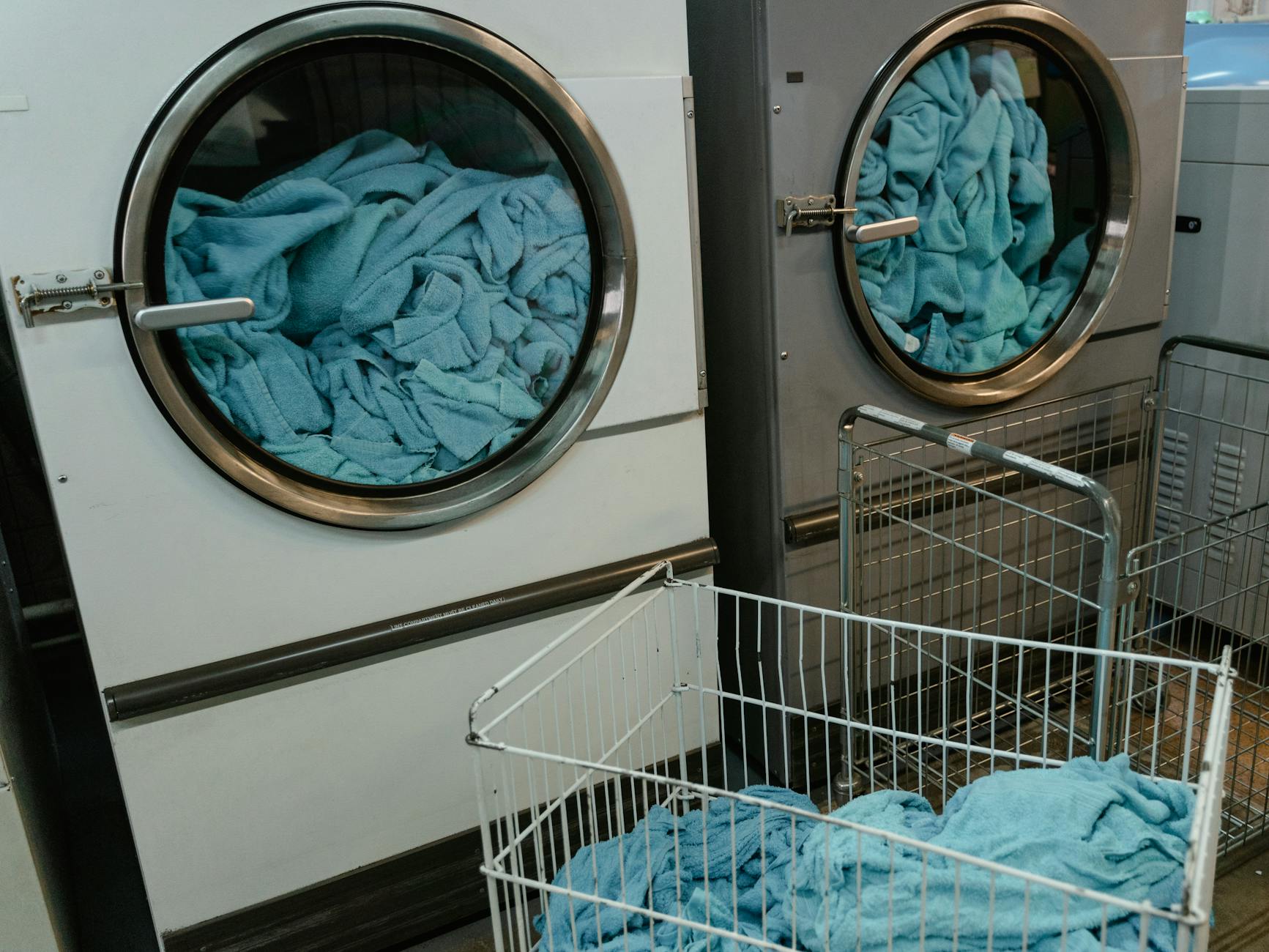How to Find Environmentally Conscious Internet Options in Australia

Evaluate Internet Types
When evaluating internet types, it's essential to consider how different technologies meet your connectivity needs while aligning with sustainable practices and eco-friendly initiatives akin to those at South Bank Parklands. Let’s explore the advantages of the various options available.
Connection Technologies Comparison
Connection technologies vary significantly, each offering unique benefits. Fixed wireless nbn delivers a stable connection without the need for physical cabling, making it ideal for regions where laying cables isn't feasible. Meanwhile, satellite internet provides connectivity even in remote areas, though it may have higher latency compared to other options. Lastly, unlimited internet plans via traditional broadband can offer speed and reliability but might lack the flexibility of wireless options.
Speed and Stability Assessment
Assessing speed and stability is crucial for seamless smart home integration. Fixed wireless NBN generally provides a stable and fast connection, suitable for most daily internet tasks. However, it's essential to evaluate the specific needs of your household, as satellite options can offer a reliable fallback for areas with less infrastructure.
Identifying Environmental Impact
Finally, consider the environmental impact of each option. Fixed wireless nbn often uses existing infrastructure, reducing the need for new construction and its associated carbon footprint. On the other hand, satellite internet may require launching satellites, raising sustainability concerns, though its impact can be mitigated through carbon offsetting programs. Through careful evaluation, balancing connectivity needs with environmental considerations can lead to an informed and sustainable choice.
Choose Green Providers
In the journey towards sustainable living, selecting internet providers aligns with both connectivity needs and environmental values. As you're evaluating your options, particularly around Brisbane, take note of how providers incorporate eco-friendly initiatives similar to those seen at South Bank Parklands. It's essential to research how these companies implement sustainable practices in their operations. For those who've been reliant on outdated adsl connections, switching to providers who offer fixed wireless nbn plans can be more than just a technological upgrade—it's a step towards reducing environmental impact.
Consider providers that emphasize renewable energy usage in their data centers. Discussions about sustainable practices often highlight the importance of minimizing carbon footprints, and internet companies are no different. Explore whether your provider participates in renewable energy projects similar to those around King George Square.
Finally, when enquiring about services, ask potential providers about their commitment to carbon neutrality. This transparency can guide you in selecting plans like cheap internet plans without compromising reliability and speed. By focusing on these practices, you not only ensure a stable internet connection but also empower a sustainable shift in your daily online activities.
Assess Smart Home Needs
Integrate Energy Management
As we continually strive to create more environmentally friendly living arrangements, understanding how to integrate effective energy management into our smart homes is essential. This step can significantly help reduce your carbon footprint, which aligns with notable sustainability efforts observed at South Bank Parklands. Using smart meters and intelligent thermostats allows you to control and optimize energy usage according to your lifestyle. Automation of lighting and heating systems ensures they are only active when needed, providing both convenience and energy efficiency. Monitoring systems can also offer valuable insights into which devices consume more power, allowing you to make informed decisions on adjustments.
Ensure Compatibility with Devices
A crucial aspect of building a smart home is ensuring that all devices are compatible with your internet connection and energy management system. With the variety of connection options available, such as 'fttp', 'fixed wireless nbn', and HFC, selecting the Starlink Australia is vital for seamless functionality. Pay attention to matching the capabilities of your smart devices with your network's speed and reliability. This approach not only maintains smooth operation but also supports the efficient running of high-energy devices, making the home ecosystem more sustainable.
Plan for Future Expansion
Anticipating future needs is key to establishing a resilient smart home system. As your family grows or technology advances, your requirements will evolve. Planning for this expansion can involve assessing the latest innovations in smart home technology and evaluating how they integrate with your current setup. It’s about creating a flexible system that can easily incorporate new devices or solve increased demand without losing efficiency. This foresight goes a long way in maintaining a low carbon footprint while adapting to new sustainable practices.
Configure Energy-Efficient Setups
Optimize Router Placement
Setting up your router effectively is crucial for reducing your home's energy consumption. A well-placed router can significantly enhance the efficiency of your internet plans. Position your router centrally in your home to ensure even coverage, reducing the need for additional boosters or extenders. Avoid locations near thick walls or metal objects, as these can interfere with signal strength and increase energy usage.
Monitor Energy Consumption
Being aware of your daily energy usage is pivotal for implementing sustainable solutions. Utilise smart meters to track electricity usage, focusing on devices connected via fttp networks. Smart meters provide insights into which devices consume the most energy, allowing you to make necessary adjustments. This monitoring helps in identifying high-consumption periods and informs decisions on how to reduce unnecessary energy expenditure.
Use Efficient Networking Equipment
Selecting energy-efficient networking gear can have a substantial impact on your household's carbon footprint. Look for routers, switches, and modems that are ENERGY STAR certified, ensuring they meet rigorous efficiency standards. Doing so not only conserves energy but also reduces long-term expenses on utilities. It's also wise to update equipment periodically to leverage advancements in power-saving technologies.
By focusing on these aspects, you can contribute more proactively to an eco-friendly lifestyle. Remember that configuring your setup with energy efficiency in mind aligns well with broader sustainability priorities, reflective of initiatives like those around Brisbane. Empower yourself to make impactful changes through mindful infrastructure choices.
Common Pitfalls in Sustainable Internet Choices
Overlooking Eco-Certifications
One of the key missteps we often encounter is neglecting to verify whether your chosen internet provider holds eco-certifications. In the vibrant hub of Brisbane, many providers claim to be eco-friendly, yet lack the certifications proving their commitment to sustainability. When examining contracts, look for globally recognised certifications such as ISO 14001 or Energy Star ratings. This ensures that your choice aligns with the green initiatives so wonderfully exemplified in the South Bank Parklands.
Ignoring Plan Durability
Another frequent oversight is ignoring the sustainability aspect of plan durability. In our ever-changing digital landscape, your internet plan should not only meet current needs but also adapt to future demands without excessive resource consumption. Investigate whether plans offer scalable data options or if they unnecessarily promote frequent hardware upgrades. Emulate the renewable energy projects around King George Square, which are designed with long-term resilience and adaptability in mind.
Failing to Evaluate Total Usage
Finally, a comprehensive examination of your total internet usage is critical. Many individuals fixate on upfront costs yet neglect to consider ongoing energy consumption, which can significantly impact your overall carbon footprint. Utilise tools to measure total data and energy usage, analogous to how carbon footprint analysis is conducted at the Brisbane Convention & Exhibition Centre for various events. This holistic approach empowers you to make informed decisions that contribute positively to both your lifestyle and the environment.


